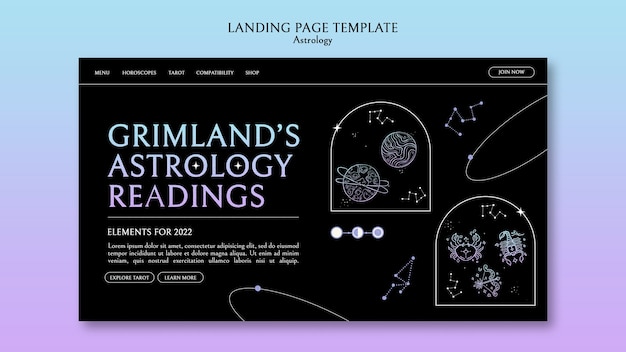Interesting Facts About the Leo Constellation

The Leo constellation is one of the twelve constellations of the zodiac.
Leo is Latin for lion, which is represented by the constellation’s shape.
Leo is one of the most easily recognizable constellations in the night sky.
The constellation Leo is visible from both the Northern and Southern hemispheres.
Leo is located between Cancer to the west and Virgo to the east.
The brightest star in the Leo constellation is Regulus, also known as the Heart of the Lion.
Regulus is one of the brightest stars in the night sky and is approximately 79 light-years away from Earth.
Leo is home to many other notable stars, including Denebola and Algieba.
The Leonid meteor shower occurs annually in November, originating from the Leo constellation.
Leo is associated with the zodiac sign of the same name, which is known for its warmth, generosity, and leadership qualities.
The Leo constellation is often associated with the mythological Nemean Lion killed by Hercules.
In Greek mythology, the Leo constellation represents the lion that Hercules defeated as one of his twelve labors.
Leo is one of the oldest recognized constellations, known to ancient civilizations such as the Babylonians and Egyptians.
The Leo constellation is visible during the Northern Hemisphere’s spring and the Southern Hemisphere’s autumn.
The Leo constellation is visible at latitudes between +90° and -65°.
Interesting Facts About the Leo Constellation part 2
Leo contains a number of galaxies, including the Leo Triplet, Leo I, and the Leo Ring.
The Leo Ring is a cloud of hydrogen and helium gas left behind from previous galaxy interactions.
Leo is the fifth-largest constellation in the night sky.
The Leo constellation was first cataloged by the Greek astronomer Ptolemy in the 2nd century.
The Leo constellation has been associated with royalty and leadership throughout history.
The ancient Egyptians considered the rising of Leo in the pre-dawn sky to be associated with the flooding of the Nile River.
The Leo constellation contains many double stars, such as Algieba, which can be seen through a telescope.
The Leo constellation is part of the celestial Great Bear, which includes Ursa Major and Ursa Minor.
The Leo Minor constellation lies just to the north of Leo and is much smaller in size.
Leo is often referred to as the King of the Zodiac due to its association with leadership and regality.
The Leo constellation is important in astrology and is associated with characteristics such as confidence and ambition.
The Leo constellation is known for its distinctive Sickle, a backwards question mark shape formed by its brightest stars.
The Leo constellation is home to many deep-sky objects, including several globular clusters such as M65, M66, and NGC 36
The Leo constellation is part of the Leo-Virgo Supercluster, a massive structure of galaxies in the universe.
The Leo constellation is visible year-round from locations near the equator.
Leo is one of the few constellations that does not contain any Messier objects.
The Leo constellation is associated with the element of fire in astrology.
In astronomy, the Leo constellation is part of the larger region called the Great Celestial River.
The Leo constellation is known for its prominence in ancient astronomy and astrology texts.
Leo represents strength and power, traits often associated with lions.
The Leo constellation can be found between the Big Dipper and the Summer Triangle.
The Leo constellation is sometimes referred to as the Lion’s Head due to its distinctive shape.
The Leo constellation is visible during the early evening in the springtime.
Leo is one of the few constellations with two distinct clusters of stars.
The Leo constellation contains a number of pulsars, including PSR J1048-58
The Leo Cluster, located within the constellation, is a galaxy cluster containing over 1000 galaxies.
The Leo constellation is often associated with the zodiac sign’s ruling planet, the Sun.
The Leo constellation is depicted in various forms of art and symbolism throughout history.
The Leo constellation has been mentioned in literature and mythology from various cultures around the world.
Leo is a popular subject for amateur astronomers and stargazers due to its beauty and significance in astrology.

